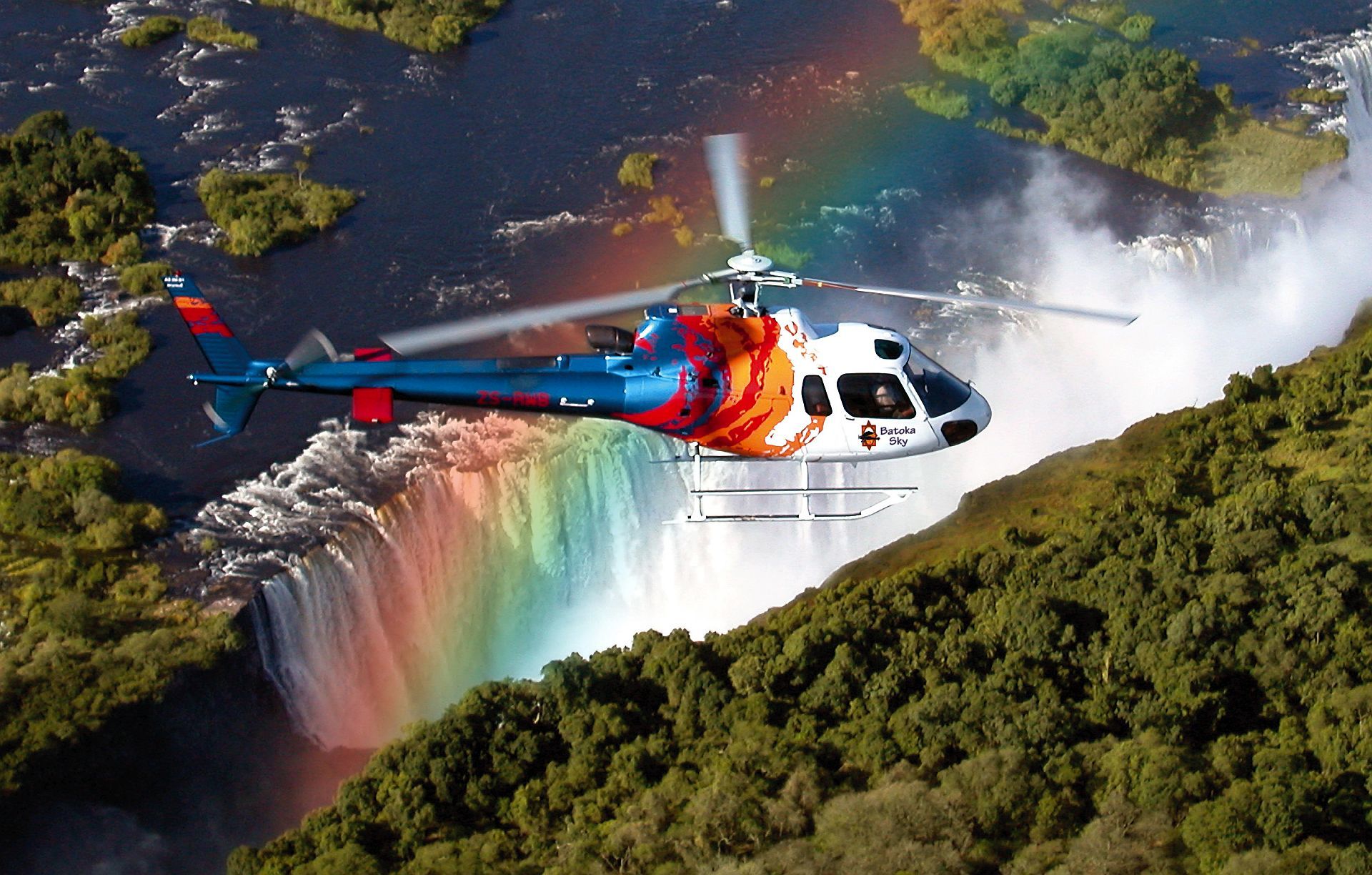Hidden paradise of Zimbabwe: Victoria Falls, world’s widest waterfall
It is best to put on a raincoat when standing close to the falls, Victoria Falls.
From several kilometers away, the thundering sound can already be heard. The Zambezi
River’s waters have swollen immensely during the rainy season. In the border region of
Zimbabwe and Zambia, the powerful mass of the nearly 2km-wide river is plunging over
the edge of a cliff into the abyss below.
This is Victoria Falls, said to be the widest continuous waterfall in the world. English
explorer David Livingstone, credited with a European’s first discovery of the falls, named
them after Britain’s Queen Victoria. The local inhabitants had a more fitting name for this
powerful, unbridled force of nature: Mosi-or-Tuny – “the smoke that thunders.”
The afternoon sun and the rising spray on this summer day have created a double rainbow
above the plunging waters. On some of the lookout platforms near the falls, the drops of
water from the air are like heavy rainfall. The path alongside the falls leads through a
small green rainforest created by the spray.
The Zambezi is not only the border river between Zimbabwe and Zambia. The longest river
in southern Africa is also the natural habitat of many wild animals and a paradise for bird
watchers. A side trip to Victoria Falls can easily be combined with a safari excursion of a
few days. For those who like adventure, they can hire an appropriately equipped car at
Victoria Falls for the roughly 40-minute drive to Zambezi National Park.
Only minutes after passing the park entrance, there are more than 20 elephants romping
in a watering hole. Further along the road to Mpala Jena Camp, elegant impalas are zigzagging out ahead of the car.
During a sundown tour along the Zambezi, crocodiles are lolling on the riverbanks, while
herds of buffalo and elephants saunter to the water’s edge for a drink. Hippopotamuses
can be seen tramping along to graze in the grass.
Inside Zambezi National Park, there’s a bit of Robinson Crusoe feeling awaiting at Mpala
Jena Camp with its total of five house tents for a maximum of 14 guests. The sand was
brought from the river and spread on the ground of the entire camp area to create a beach
setting, while around the bar there are swings. For those needing some relaxation after the
safari, there are also hammocks. You can take your breakfast walking barefoot in the sand.
– Daily Sabah/The Herald










